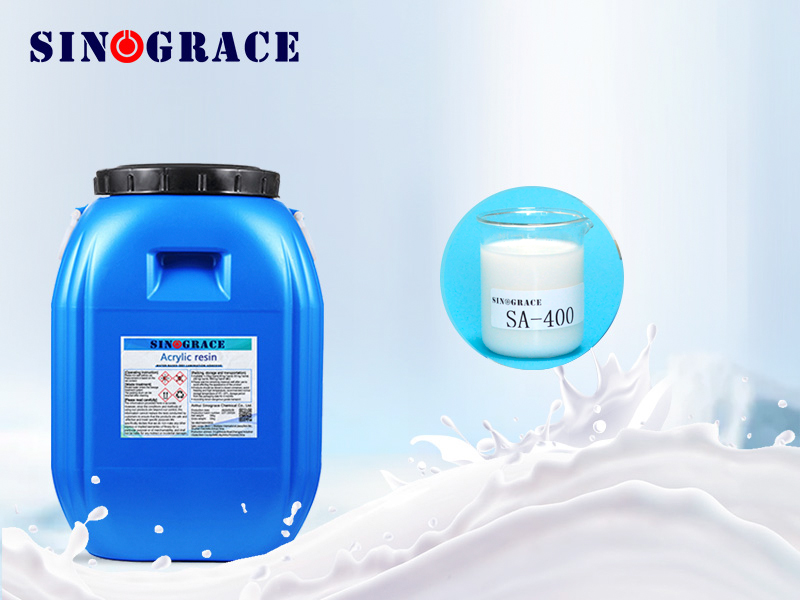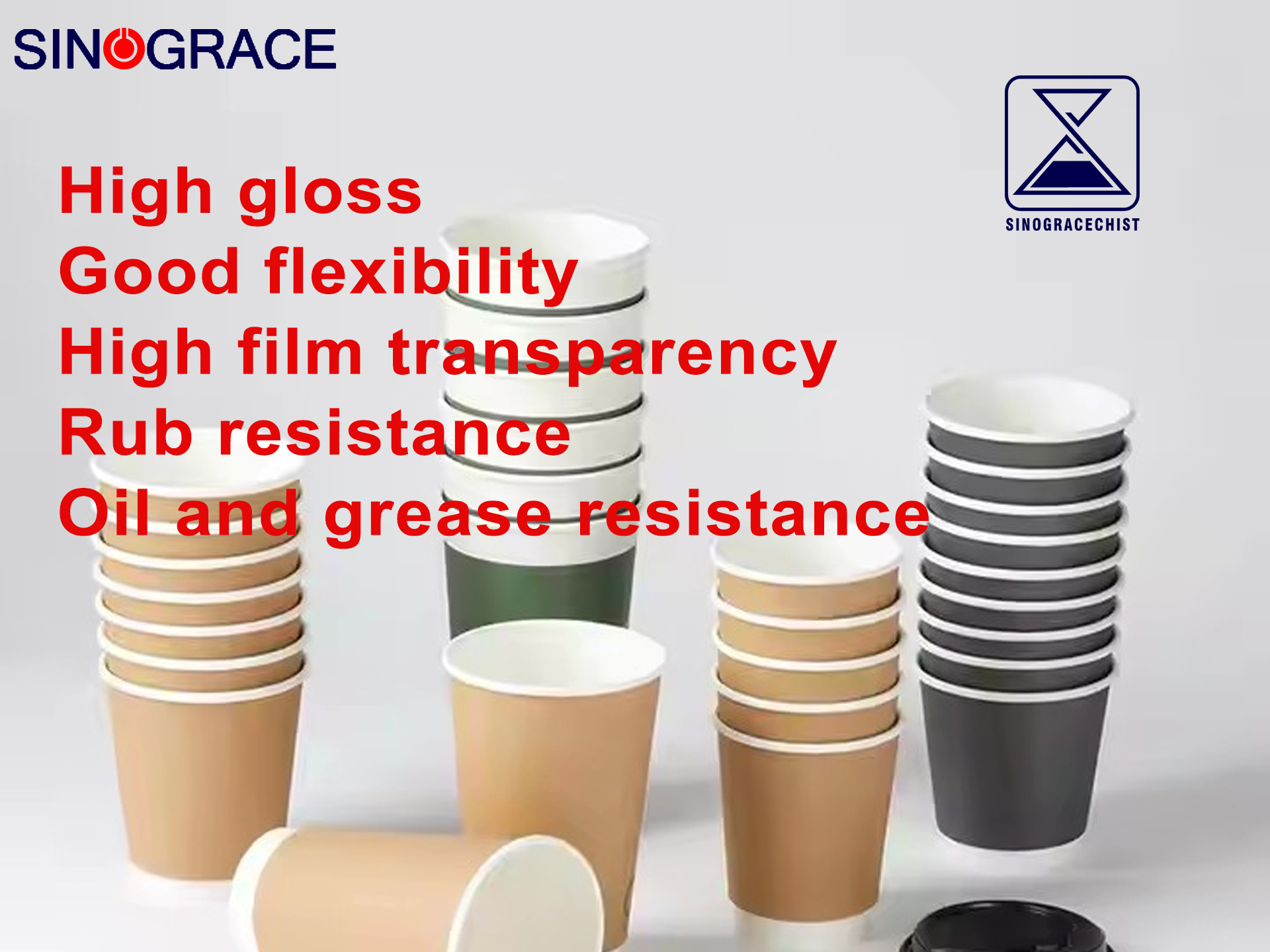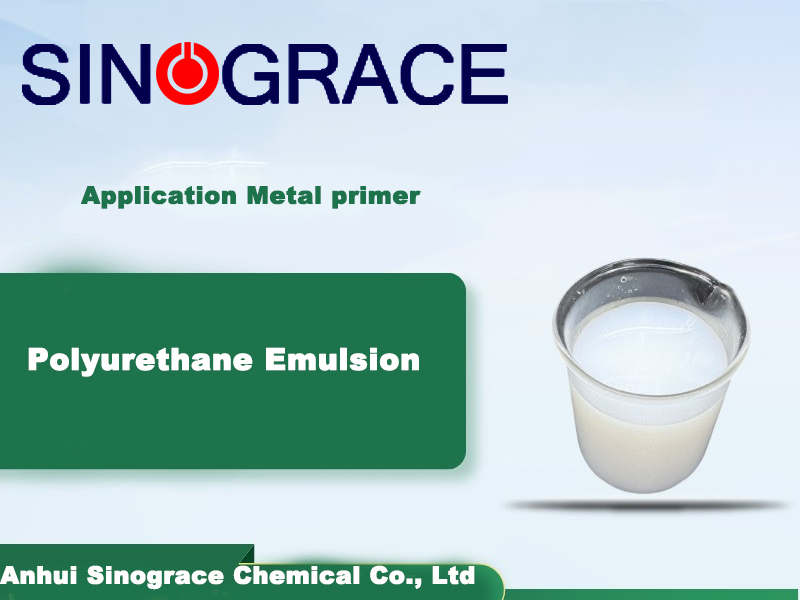Basic Knowledge of Waterborne Coating Formulation - Part 1
Waterborne coatings, including waterborne wood coatings, are coatings that use water as the dispersion medium and diluent. Unlike less commonly used solvent-based coatings, their formulation systems are much more complex. Formulation design requires attention not only to the type of polymer, the properties of the emulsion and dispersion, but also to the rational selection of various additives and the consideration of the interactions between components for proper matching. Sometimes, special additives are needed for specific requirements, ultimately forming a suitable formulation. Basic Components of the Formulation: 1) Waterborne Resin: This is the base material for film formation, determining the main function of the paint film. 2) Film-forming aids: After water evaporation, these help the emulsion or dispersion particles form a uniform and dense film, and improve film-forming properties under low-temperature conditions. 3) Defoamers and antifoams: These suppress bubbles generated in the paint solution during production and allow existing bubbles to escape to the surface and break down. 4) Leveling agents: These improve the paint's application properties, forming a smooth and glossy coating. 5) Wetting agents: Improve the wetting properties of the paint on the substrate, enhance leveling, and increase the adhesion of the paint film to the substrate. 6) Dispersants: Promote the dispersion of pigments and fillers in the paint. 7) Rheology modifiers: Provide good flowability and leveling properties to the paint, reducing defects during the coating process. 8) Thickeners: Increase the viscosity of the paint, improve the wet film thickness of a single coat, and prevent sedimentation and delamination in putty and solid color paints. 9) Preservatives: Prevent the paint from mold growth during storage. 10) Fragrances: Give the paint a pleasant odor. 11) Colorants: Primarily for colored paints, enabling water-based paints to achieve the desired color. Colorants include two main categories: pigments and dyes. Pigments are used for solid color paints (coatings that do not show wood grain), while dyes are used for transparent paints (coatings that show wood grain). 12) Fillers: Primarily used in putties and solid color paints to increase solids content and reduce costs. 13) pH Adjusters: Adjust the pH value of the paint solution to stabilize it. 14) Wax Emulsions or Powders: Improve the scratch resistance and feel of the paint film. 15) Special Additives: Additives added to meet the specific requirements of water-based paints, such as rust inhibitors (to prevent premature rusting in tin cans), hardeners (to increase the hardness of the paint film), matting agents (to reduce the gloss of the paint film), scratch inhibitors, slip agents (to improve the feel of the paint film), anti-blocking agents (to prevent coatings from overlapping and sticking), crosslinking agents (to create two-component paints and improve overall performance), water repellents (to giv...
read more

 English
English français
français русский
русский español
español العربية
العربية








